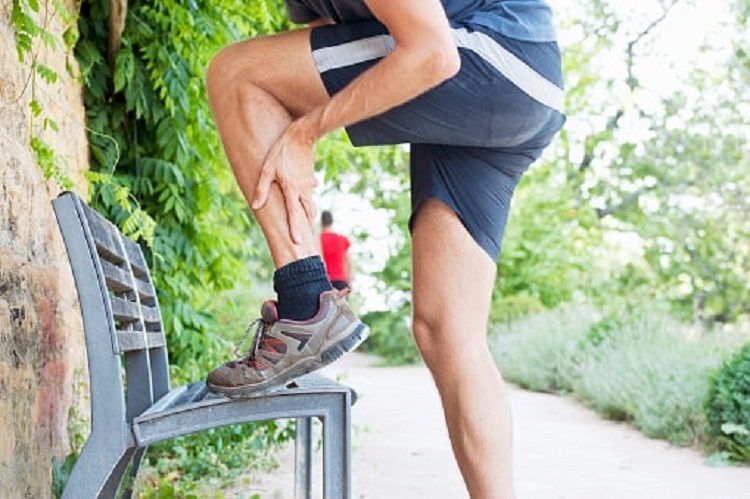An Inside Look Into Achilles Tendonitis, Causes, Risk Factors, and Prevention Methods
The back of your lower legs is made up of the Achilles tendon that connects to the heel bone. Overuse of this tendon can result in an injury, a condition known as Achilles tendinitis or tendonitis. While anyone can develop this injury irrespective of age, it is common among runners who have had a sudden change in intensity and a time limit. Middle-aged individuals who limit their activities only for the weekend also risk obtaining this injury. Fortunately, most of the time, Colorado Springs tendonitis gets better with simple home remedies such as hot and cold compresses. However, more severe cases may require surgery.
Table of Contents
What are the Symptoms of Achilles Tendonitis?
The most common symptom of this condition is a mild ache above the heel at the back of your leg after engaging in sporting activities like basketball. Most patients with Achilles tendonitis explain that the pain worsens after prolonged running and other activities such as stair climbing. The affected area can be stiff and tender in the morning but improves with mild activity. Consider medical attention if the pain is frequent and severe because this may signify torn or ruptured Achilles tendon.
What causes Achilles Tendonitis?
Tendonitis develops when the Achilles tendon strains more than it should or overworks due to repetitive movement. The tendon gets in action upon activities such as jumping, running, and walking. However, some people are more vulnerable to tendonitis than others. Here are the factors that put you at risk for Achilles tendonitis.
· Age. Achilles tendonitis gets more common as you age due to the wear and tear effects.
· Structural problems. People with high-arched feet are more susceptible to this condition than those with a relatively flat arch.
· Sex. Men have higher chances of developing Achilles tendonitis than women.
· Medical conditions. Types of arthritis-like psoriasis put you at greater risk for Achilles tendinopathy. Patients with high blood pressure or hypertension have a higher risk for this condition as well.
· The use of fluoroquinolones puts patients at risk of obtaining an injury in the Achilles tendon.
How Can I Prevent Achilles Tendonitis?
Although you cannot prevent Achilles tendonitis, observing the following measures may help you reduce the risk of developing this problem.
· Gradually build upon your activity level, especially if you are beginning an exercise routine. For example, run short miles as you increase your time duration and speed.
· Avoid worn-out shoes. Wear comfortable shoes that offer sufficient cushioning to the heel. It should have a firm arch to reduce stress or tension in the tendon. If your shoes are in good shape but do not support your feet, get arch supports to place in your shoes.
· Stretch your calf muscles and Achilles tendon regularly in the morning before exercise and after you are done working out. Doing so maintains flexibility of the tendon and limits your chances of an injury.
· Exercise in a variety of ways. For example, alternate between high-impact activities like running and low-impact aerobics such as swimming.
While Achilles tendonitis is a mild condition, it can weaken the tendon making it more prone to a tear that usually needs surgical repair. If you have symptoms such as pain at the back of your leg, visit your doctor today for treatment to eliminate the discomfort.

